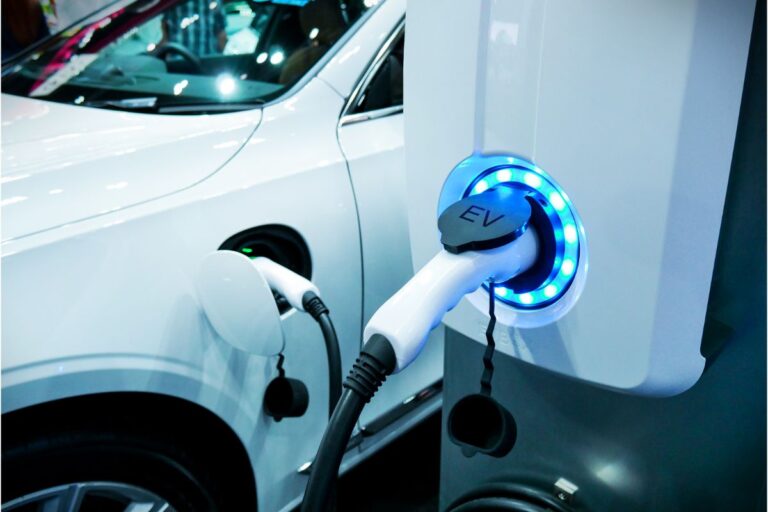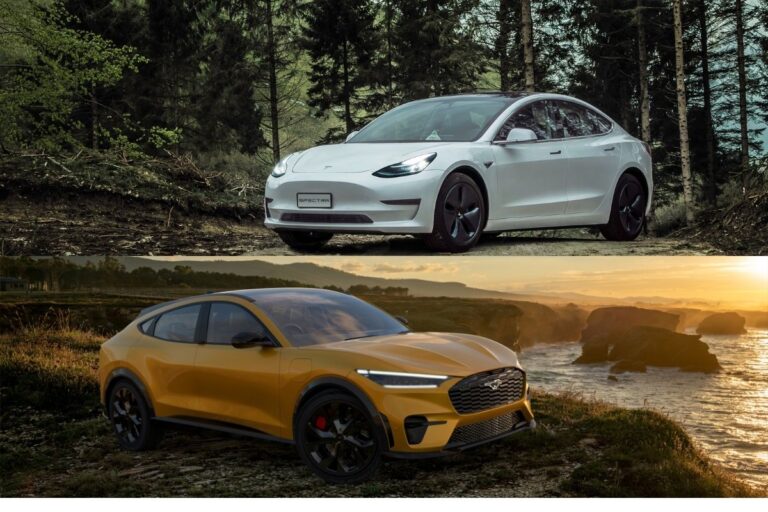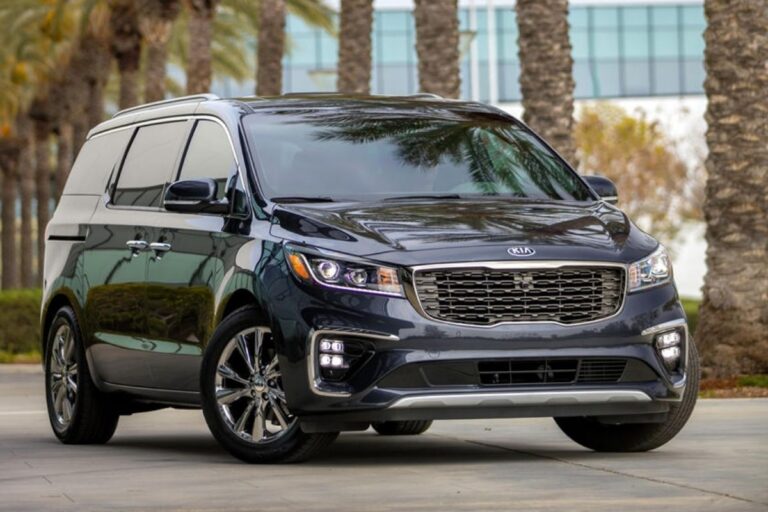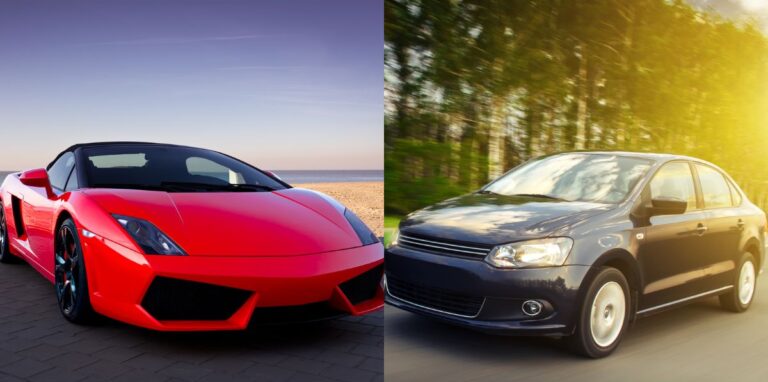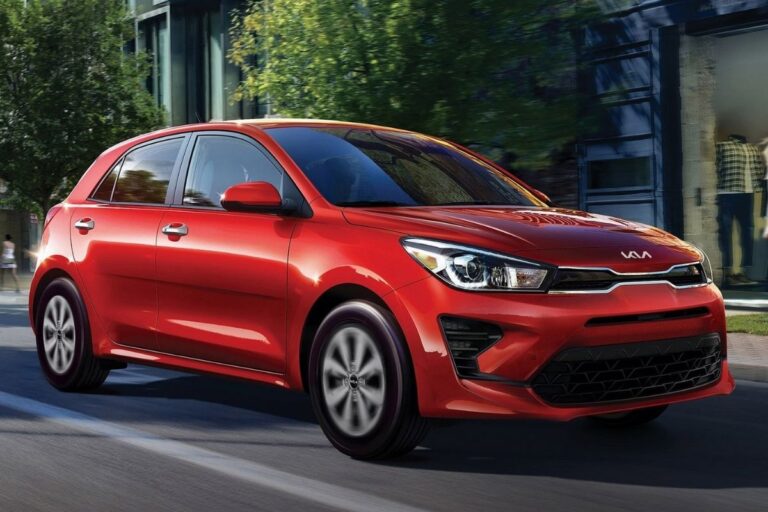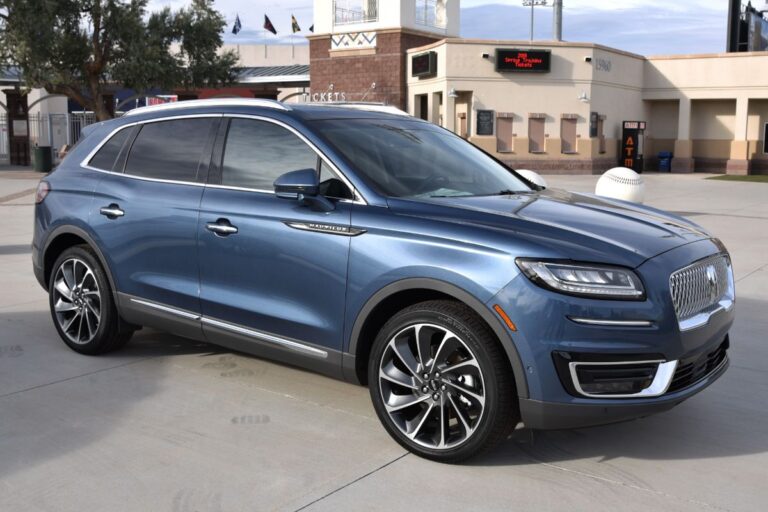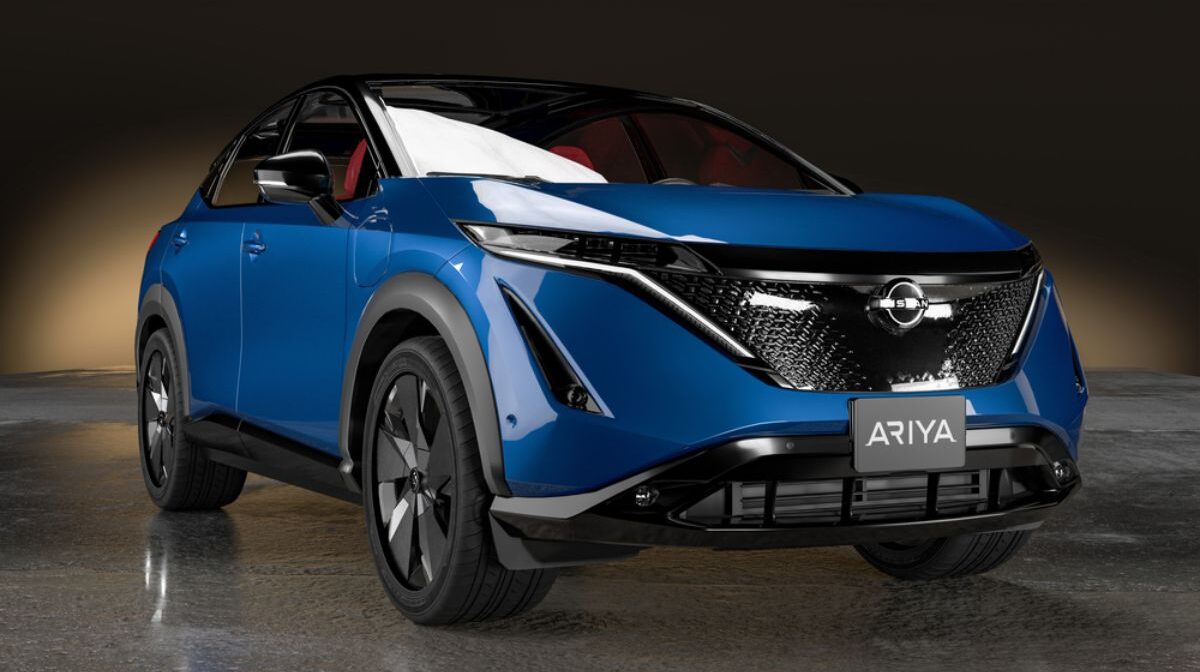
The Nissan ARIYA is a versatile vehicle that can be used as a family car or even for business purposes. The ARIYA comes in three body styles: the regular hatchback, the five-door wagon, and the four-door sedan.
The sedan comes standard with a 2.0L 4-cylinder engine, while both the hatchback and wagon have an optional 2.5L 4-cylinder engine.
Nissan’s goal was to make the ARIYA more fuel efficient than other vehicles in its class and it did just that with its fuel economy rating of 25 mpg city/33 mpg highway for both models. The ARIYA also has a cargo capacity of 71 cubic feet, which makes it one of the most spacious vehicles in its class.
The Nissan ARIYA comes standard with features like Bluetooth connectivity, keyless entry/ignition, satellite radio and much more! You can even upgrade your stereo system by adding SiriusXM Satellite Radio capability!
Here are some worth mentioning:
1. Hyundai Elantra Eco
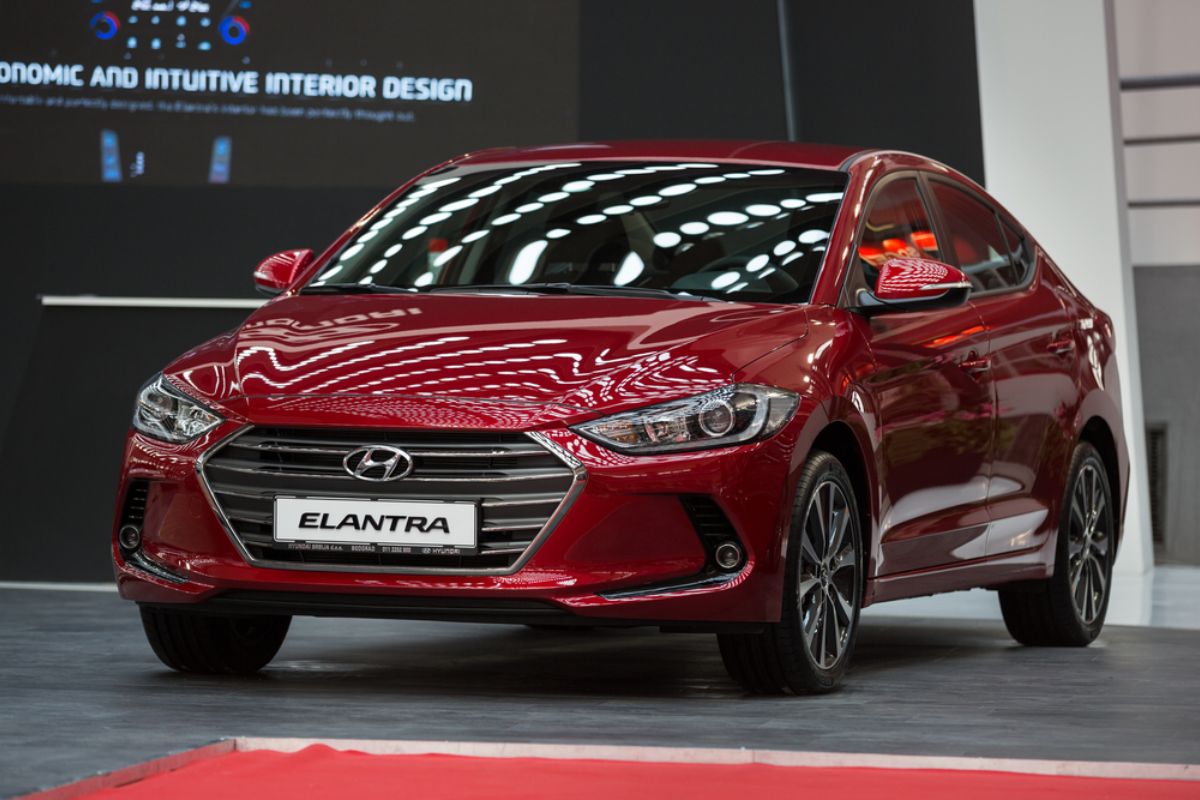
The Hyundai Elantra Eco is a great alternative to the Nissan ARIYA if you want something similar with more features included from the factory.
This compact car offers an impressive 38 mpg in combined driving conditions and comes with Apple CarPlay integration as well as special technology designed to improve fuel economy over time by adjusting how often your engine stops at intersections or when coming to a complete stop sign or traffic light.
Related: 12 Cars Similar to the Hyundai Elantra
2. Toyota Yaris iA

The Yaris iA is essentially the same car as the Mazda 2, but it’s sold under Toyota’s name instead of Mazda’s. Like the 2, it’s an inexpensive compact car with four doors and a hatchback body style.
The base engine is a 1-liter turbocharged inline-four that makes 128 horsepower — far more than either the ARIYA or Mirage. There’s also an optional six-speed manual transmission for enthusiasts who want to get their hands dirty behind the wheel.
Related: 7 Cars Similar to the Toyota Yaris
3. Toyota Prius
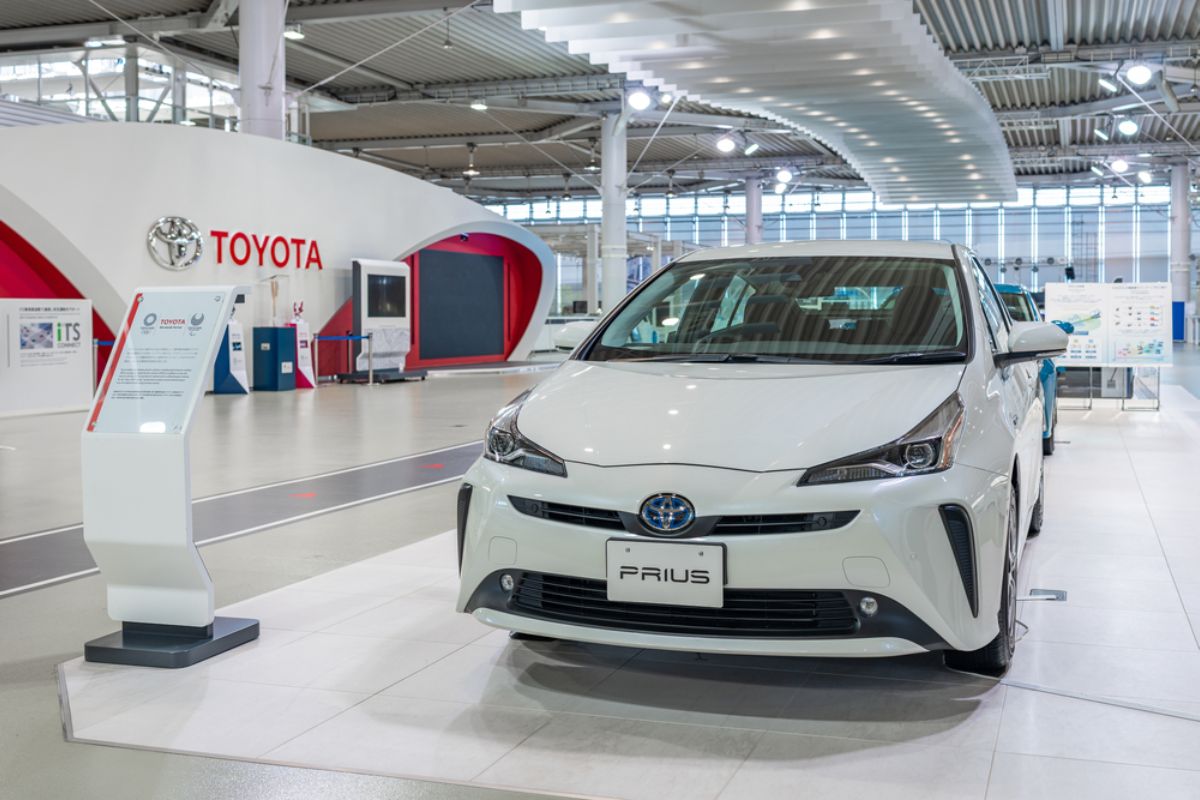
The Toyota Prius is an award-winning hybrid car that uses both gasoline and electric power to generate its energy. It has been a best-seller in Japan since it was introduced there in 1997, and it’s become popular worldwide as well.
The Prius uses less gas than other hybrids because its engine shuts off when it’s not needed, which allows you to save money on fuel costs over time.
The Prius is also known for its excellent fuel economy ratings; according to Consumer Reports, it gets an average of 51 miles per gallon (MPG) for city driving and 48 MPG for highway driving when equipped with a manual transmission.
Related: 19 Cars Similar to Toyota Prius
4. Audi e-tron
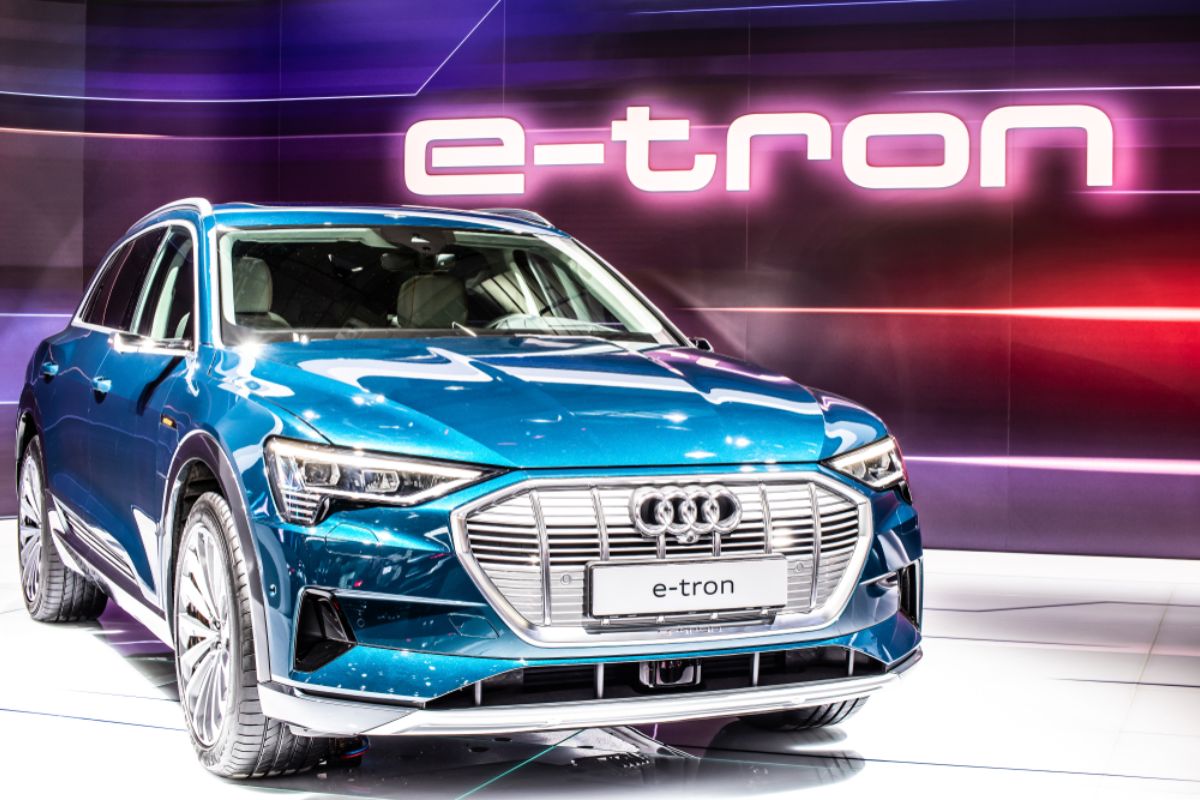
If you’re looking for a car that can handle all kinds of terrain, the Nissan ARIYA is worth a look. The ARIYA is an all-electric vehicle that can be driven on pretty much any surface and in any weather condition. It’s also versatile enough to transport goods or even tow trailers.
The Audi e-tron is another car worth considering if you want something that can go off-road but still be comfortable on the road.
Like the Nissan, it’s all-electric, but it’s also available with rear-wheel drive or four-wheel drive. In addition to being capable of driving through mud and sand, it has plenty of cargo space for when you’re not taking it off the beaten path.
Related: 12 Cars Similar to the Audi e-Tron GT
5. Jaguar I-Pace

If you’re looking for a stylish SUV with great performance, then the Nissan ARIYA could be the car for you. But if you’re not sure if it’s right for you, we’ve listed some similar cars below to help you make the right choice.
With its bold exterior styling and comfortable interior, the Jaguar I-Pace is a stylish electric SUV that offers exceptional performance and handling.
It has two electric motors which give it a total power output of 395bhp, providing it with excellent acceleration and speed when compared to other electric cars on the market today.
The car also features an innovative infotainment system which allows you to access all your favourite apps at the touch of a button.
Related: 6 Cars Similar to the Jaguar I-Pace
6. Kia Niro
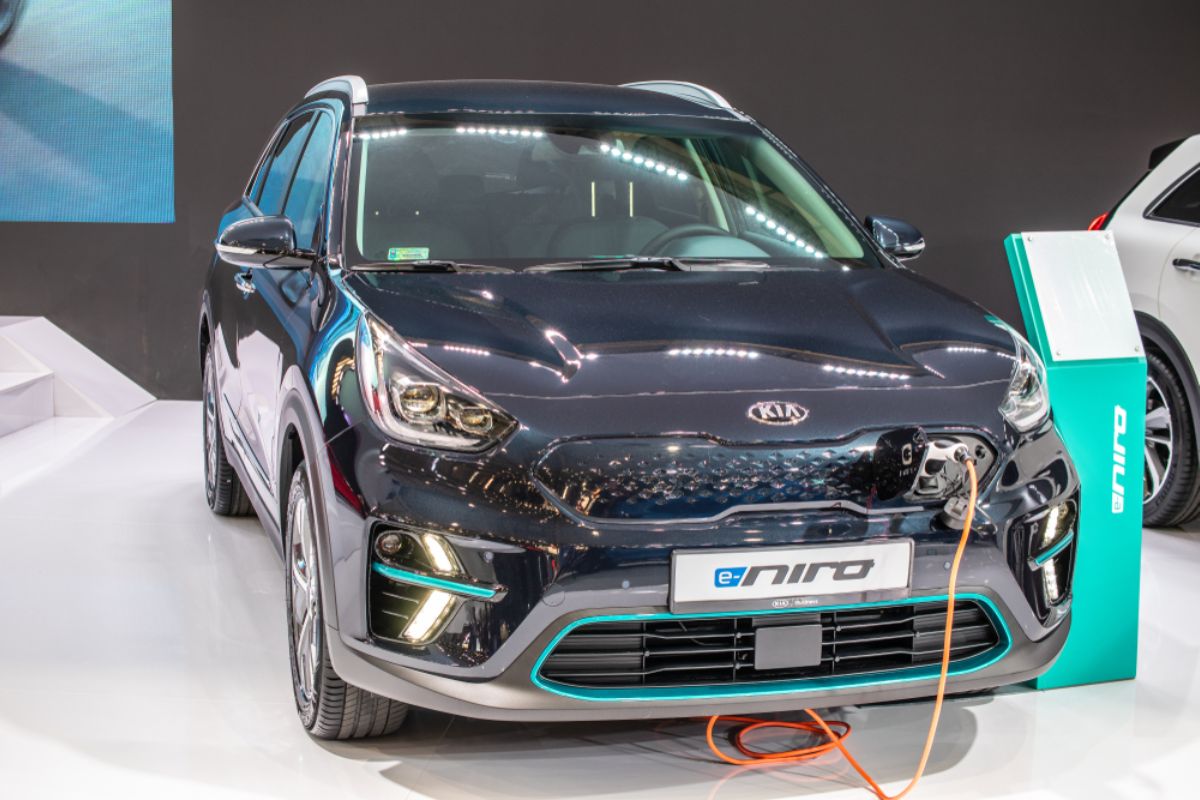
The Nissan ARIYA is a car that is designed to be a city car, but it’s also capable of being used on the highway. It’s one of the best cars in its class because it has the ability to drive smoothly and efficiently on all types of roads.
The Kia Niro is another type of car that can be used as an alternative to the Nissan ARIYA. It is a hybrid SUV that combines both style and functionality into one vehicle. The Kia Niro is also available for purchase today at any local dealership near you.
Features
The Kia Niro comes with many different features that make it stand out from other cars in its class. One of these features includes a large touchscreen display system that makes it easy for users to control their music and navigation systems while they’re driving down the road.
Another feature that makes this car unique is its ability to seat five people comfortably while still having plenty of legroom for each passenger inside the cabin.
There’s also plenty of cargo space, so you won’t ever have to worry about running out of room when loading up your groceries or luggage before heading home from work or school!
Related: 13 Cars Similar to Kia Niro EV
7. Tesla Model X
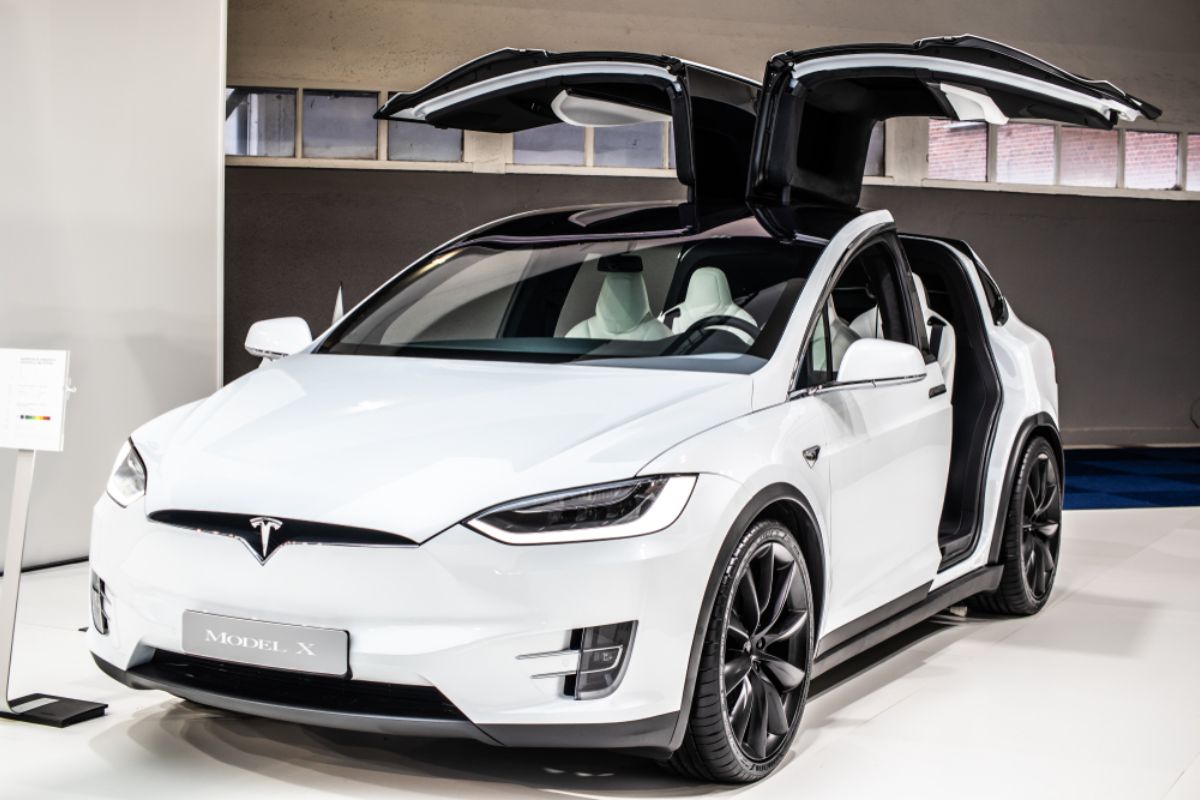
The Nissan ARIYA is one of the most popular cars on the road. But does it have any competition?
Yes, there are a number of other excellent vehicles out there that compare to the ARIYA in terms of size, performance and value. Here are five we think you should consider if you’re shopping around for your next car.
Tesla Model X
The Tesla Model X is another all-electric family car that’s comparable to the ARIYA in many ways. It’s bigger than most electric cars on the market today (including the Nissan LEAF), but it also has more range — up to 300 miles per charge versus 150 for most electric vehicles.
And it’s fast: The Model X can go from 0 to 60 mph in just 2.9 seconds when powered by its optional Ludicrous mode, which makes it one of the fastest SUVs on sale today.
It also has plenty of bells and whistles inside, including a 17-inch touchscreen display with navigation and Wi-Fi hotspot capabilities and a wide variety of seating configurations, so family members can sit comfortably together or spread out as they wish (or do both).
Related: Tesla Model S vs Model X
8. Hyundai Kona EV
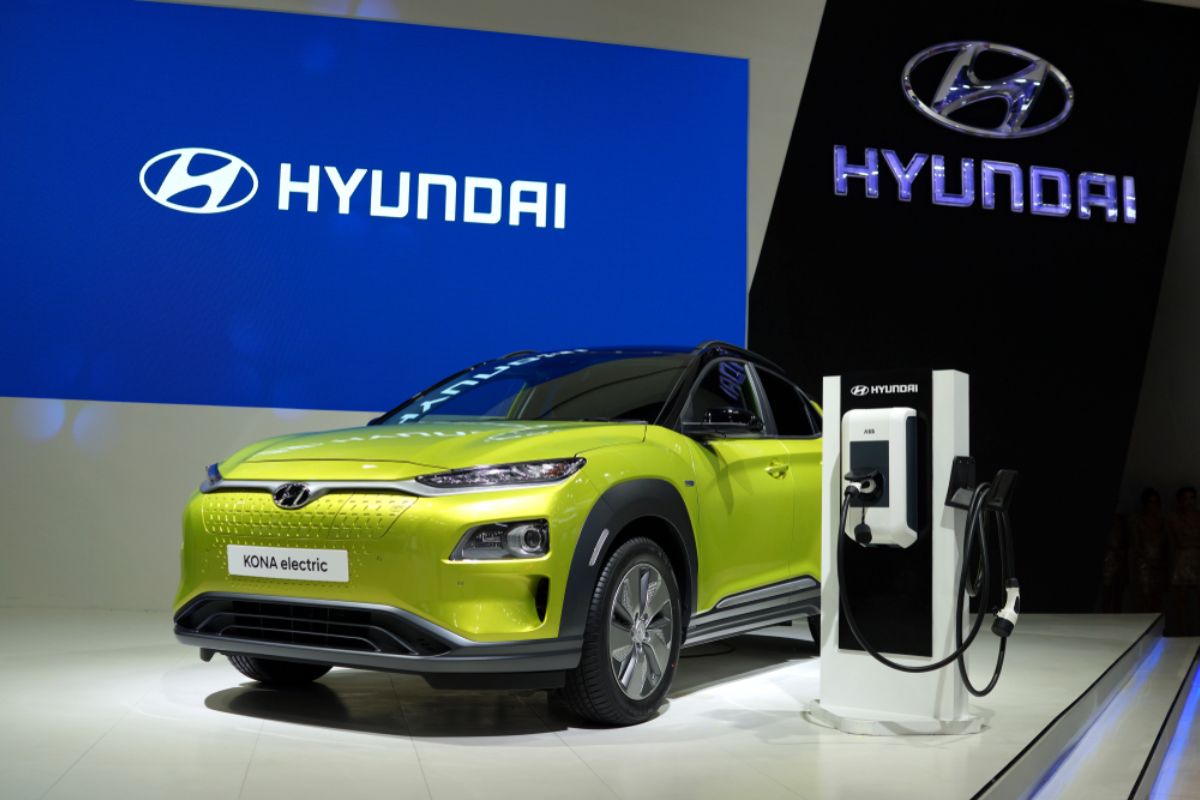
The Nissan ARIYA is a small electric vehicle with a price and range that’s right in the sweet spot for many urban commuters. The 2019 Honda Fit EV offers similar performance, but it’s less expensive and has more range.
The Hyundai Kona EV is even less expensive and has an EPA-estimated range of 258 miles — more than double what you get from either Nissan or Honda.
The Kona also has an available cabin charging port and an optional fast-charging system that allows for 80 percent battery recharge in just 54 minutes at a Level 2 charging station (assuming a full charge upon arrival).
The Nissan ARIYA is a stylish hatchback with some crossover utility, but it’s not nearly as versatile as the Honda Fit EV or Kia Niro PHEV. The Fit EV seats five passengers in what amounts to almost twice as much space as the ARIYA’s rear seatbacks, while the Niro PHEV offers seating for up to seven people — although only five can fit comfortably if all three rows are occupied.
The Hyundai Kona EV features an electric motor generating 201 horsepower and 291 pounds-feet of torque — considerably more than either Nissan or Honda’s pure EVs — which enables 0-60 mph acceleration in 6 seconds flat.
Related: 12 Cars Similar to Hyundai Kona Electric
The Benefits of Buying an Electric Car

There are many benefits to buying an electric car, including:
Environmentally friendly. Electric cars don’t produce tailpipe emissions and they’re good for the environment. They also reduce our dependency on fossil fuels, which helps keep our air clean.
Cost savings. Electric vehicles cost less money to operate than traditional gas-powered cars. Since they don’t require gasoline or diesel fuel, there’s no need to pay for expensive fill-ups or regular oil changes — just plug in your EV at home or at a public charging station and go!
The electricity needed to power your car comes from clean sources such as solar panels or wind turbines, so there’s no pollution involved in driving an EV.
No oil changes or tune-ups needed. Electric vehicles don’t use petrol, so there’s no need for you to change the oil in your engine or perform routine maintenance like spark plug replacement and tune-ups (although these things are still recommended).
Also, there’s no need for regular petrol changes with an electric car — just a plug-in charge once every few months will keep your battery healthy and ready for action!
No engine noise or vibration. Electric cars have no internal combustion engine, which means they’re almost silent when running and won’t vibrate like gas-powered vehicles do while idling or accelerating off the lane.
This can make driving an EV much more relaxing than driving a gas-powered vehicle — especially if it’s a long commute! It also means that EVs are perfect for those living in urban areas where there are noise restrictions on vehicles during peak hours.
Low emissions mean less traffic congestion and cleaner air for everyone who lives around you — especially if you live in a city where air pollution is a problem, like L.A., New York City or San Francisco!
What You Should Know Before Buying an Electric Car
You’ve decided to buy an electric car. Congratulations! You’ll be helping the environment and your wallet. But before you start shopping, there are some things you need to know.
Electric cars are becoming more popular as they become better and less expensive. But they’re still a tiny percentage of all cars sold in the United States, so if you’re thinking about buying one of these vehicles, here are some things to consider:
The battery range is limited
Electric vehicles have been around for decades, but battery technology has been lagging behind internal combustion engines for much of that time. As a result, most electric cars have limited range per charge — typically 80 miles or less on highways and half that in city driving conditions.
The newer models tend to have better ranges than those built just a few years ago, but even with those improvements there’s no getting around the fact that they still won’t go as far as gasoline-powered cars without needing a recharge or swapping out batteries at a charging station along the way.
Electric cars can be expensive to maintain
Electric cars don’t need oil changes or tuneups, but they still need regular maintenance like tire rotations and brake pad replacement. The cost of maintaining an electric vehicle can be higher than maintaining a gas-powered car because some parts — like battery packs — aren’t covered by warranty if they fail prematurely due to wear and tear.
Battery technology is improving rapidly
Lithium-ion batteries have gotten cheaper and more powerful over time, leading to longer driving ranges and lower charging times for electric vehicles. Batteries now store about twice as much energy as they did just five years ago, according to Bloomberg New Energy Finance (BNEF).
“The energy density of lithium-ion batteries has doubled every five years since 1991,” said BNEF analyst Colin McKerracher in a statement released earlier this year. “That trend is set to continue.”
Charging
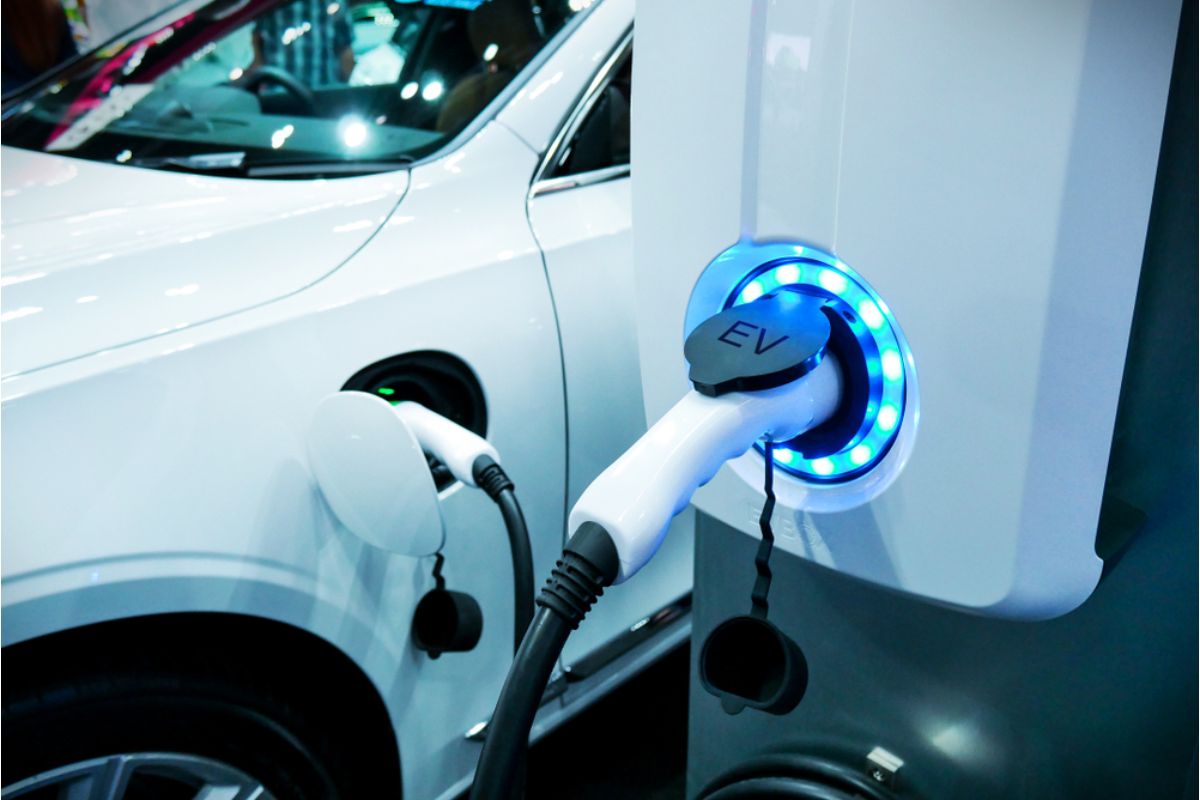
Charging times vary depending on your vehicle’s battery and charger type (240-volt or 110/120-volt). It can take anywhere from 20 minutes to eight hours or more depending on how much power you’re drawing from your home’s electrical system and whether you have access to fast charging stations if you’re out on the road.
Ease of use
EVs are easy to use, but they won’t work properly if they’re not charged. You should make sure that the EV has a charger at home and at work so that it’s always ready to go when needed. Additionally, check out public charging stations in your area to see if there are any where you might need them.
Range anxiety is real
Most electric cars can go about 100 miles on a fully charged battery before needing another charge — but some models only get half that far before running out of juice.
That might not sound like much, but if there’s no place nearby where you can recharge, then getting stuck somewhere could be very inconvenient — or even dangerous if your battery runs out.
When did Nissan come out with an electric car?

Nissan first came out with an electric car in 2010. The Nissan Leaf is an all-electric vehicle, which means it has no internal combustion engine.
It runs on a lithium-ion battery pack, which is charged by plugging the car into a power outlet at home or at public charging stations. These types of vehicles are gaining popularity as people look for ways to reduce their dependence on fossil fuels and lower their carbon footprints.
The Nissan Leaf comes in two versions: a standard model with a 24 kWh battery pack and an optional longer range edition with an upgraded 30 kWh battery pack that provides up to 160 miles of range from a single charge (depending on driving conditions).
How long do electric cars last?
The average car has a lifespan of about 10 – 20 years, so it’s hard to say how long your electric car will last. But it’s not impossible to make some educated guesses based on the experience of others.
For example, the Tesla Model S is now 8 years old and still going strong. The Nissan Leaf is 7 years old and still going strong. The Chevy Volt is 6 years old and still going strong (though its battery may need replacing soon).
So what’s the average lifespan of an electric vehicle? It’s hard to say because there aren’t enough EVs on the road yet for us to know what their longevity will be like when they’re more common.
But we can look at how other technologies have held up over time and come up with some reasonable estimates based on what we know now.
Do electric cars need maintenance?
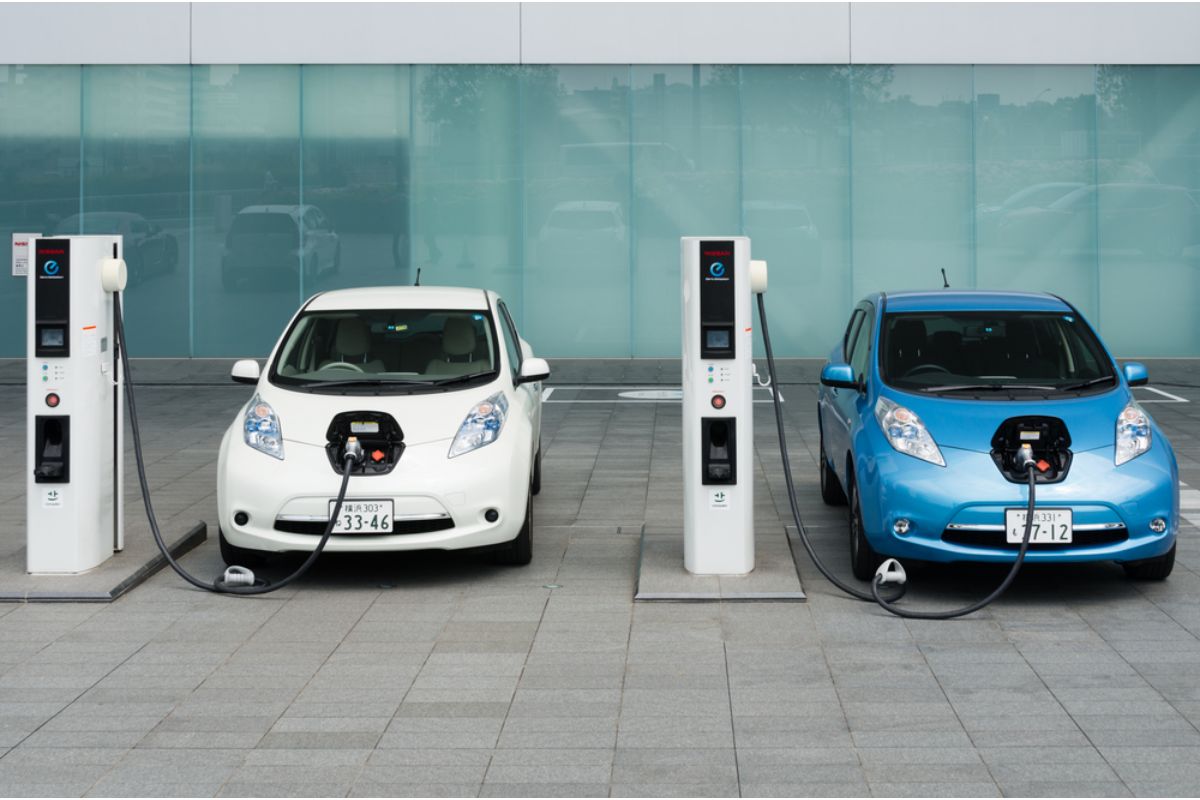
Yes, electric cars need maintenance. There are a few important differences between electric and internal combustion engine (ICE) cars that make maintenance a little different for an EV.
The batteries in EVs don’t have oil and there are no oil changes. The battery packs are sealed and filled with a non-spillable liquid electrolyte. The cells do not require regular maintenance as they do in an ICE vehicle.
However, the battery packs must be checked periodically to ensure that they are operating within the expected voltage range and are free of any corrosion or damage.
Some EVs have regenerative braking systems that allow you to capture energy as you slow down, which is stored in the battery pack until needed to propel the car forward again.
This regenerative charging process may cause some degradation over time due to heat buildup during braking, so it’s important to check if your EV has this feature before hitting the road for long trips.

